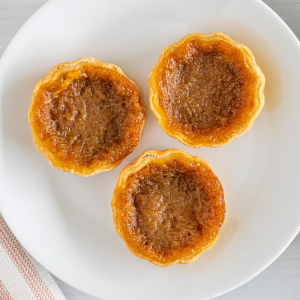If you thought the array of mains and sides showcased in Monday’s Expedition To Canada series installment opened your eyes to the unique culinary treasures of The Great White North, and you were amazed by the Canadian breads we surveyed yesterday, wait until you try our snacks, desserts and beverages!
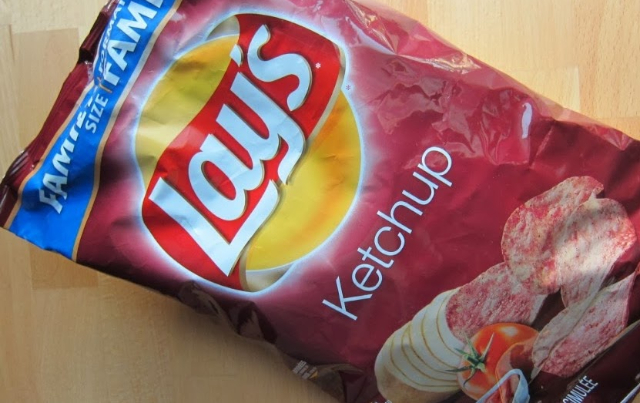 Lay’s Ketchup Flavoured Chips: A truly unique Canadian Snack!
Lay’s Ketchup Flavoured Chips: A truly unique Canadian Snack!
Snacks and Sweets
When a visitor enters the Snacks aisle of just about any Canadian supermarket, they see an array of familiar American brands and products. Mainly, they see Chips, Puffs, Pretzels, Candy Bars, Licorice Nibs and Whips, and so on – and countless flavours and variants of same. But if they took a closer look, they’ll find some all-Canadian treats they’ve never encountered before…
Kechup Potato Chips: A staple of Canadian snackers that isn’t available anywhere else in the world – unless you order online and make your craving wait for delivery. ‘All-Dressed’ Chips are also available, but they’re no substitute for the real deal Ketchup Chip.
Hawkins Cheezies: All-Canadian Cheese Puffs with a vibrant, ultra-cheesy flavour that will make you feel sorry for its American cousins.
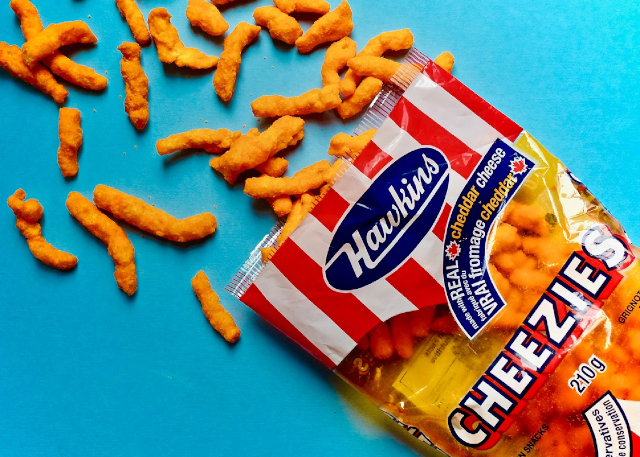
They’re puffed thinner and less uniformly than American Cheese Puffs, and feature a denser, cheesier interior.
Coffee Crisp Bar: An ultra-popular candy bar with alternating layers of wafer and coffee-flavoured cream, covered with milk chocolate. Americans who’ve been to Canada and discovered them ask friends coming north to bring Coffee Crisps back for them!
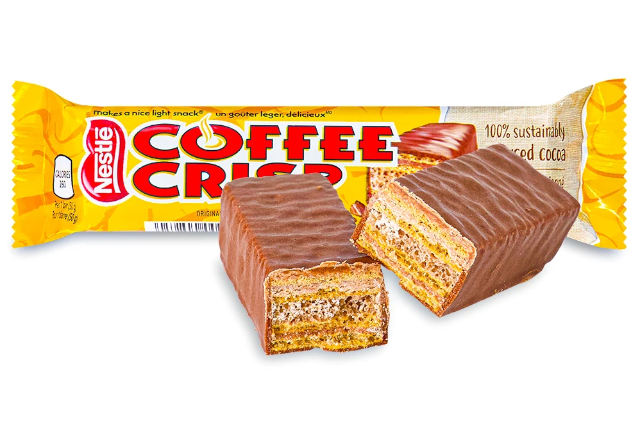
There’s literally nothing else like it. Other Canadian Candy Bars you won’t see elsewhere include: Caramilk, Crispy Crunch and Aero.
Smarties: Nothing like American Smarties! More like M&Ms … but with a thinner candy shell and a dark chocolate interior. Every Canadian kid wants snack-sized packs of these in their Hallowe’en goody bag!
Maynard’s Wine Gums: Not alcoholic, nor do they taste like wine. But these firm, dense gummies boast bold fruit colours and concentrated flavours that remind one of a sip of wine, with a subtle tangy edge. Because they’re denser, they make a great, longer-lasting chewy treat for folks with active jaws.
Deserts
In spite of the prevalence of British and American dessert styles across Canada, there are some famous favourites found nowhere else on earth. ANd they’re worth a visit to Canada to try!
Saskatoon Berry Pie: Also Jam and Syrup. These blue-almost-purple berries are often mistaken for Blueberries by visitors, but their flavour is quite different. Some say they taste like a combination of blueberries and almonds with a citrusy edge.
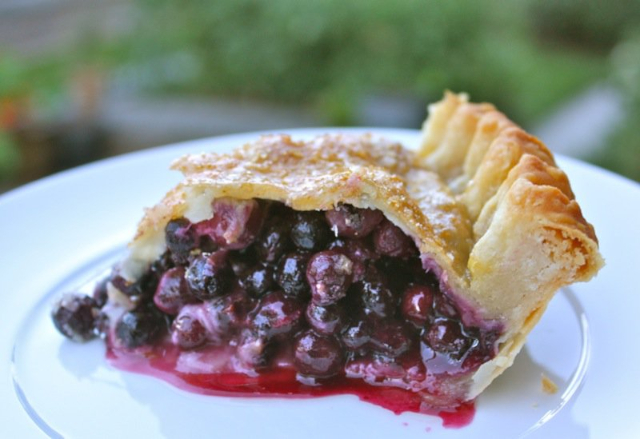
They’ve been a wild-fruit staple in the Canadian West since indigenous peoples first encounterd them. Outside of Manitoba and Saskatchewan, they’re considered a rare treat.
Butter Tarts: So ubiquitous in Canada that Canadians who travel abroad are often amazed that their hosts have never heard of them! (see photo, top of page.) They’re simply tarts made of butter, brown sugar and corn syrup in traditional short-pastry crusts. Some insist they also have to have raisins – 3 or 4 per tart – and others believe chopped walnuts are needed. But the basic Butter Tart is a Canadian standard, found in every bakery shop and supermarket bakery department.
Nanaimo Bars: Created in Nanaimo, British Columbia, its a three-layer pan square that starts with a crumb base, moves onward and upward with a layer of sweet vanilla custard, and tops off with a thick layer of dark Choco9late ganache.
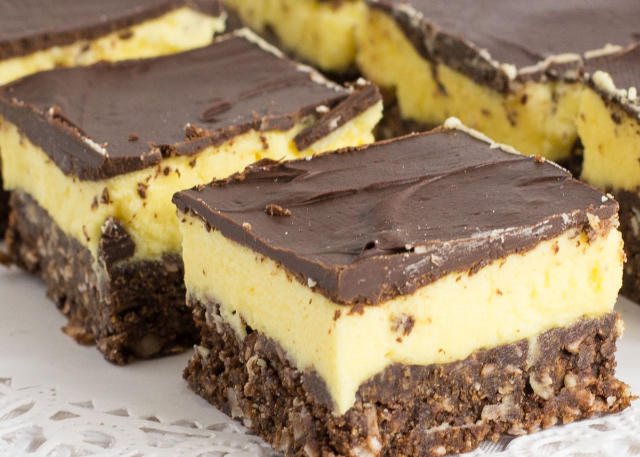
The base is the secret: Traditionally made of crushed Graham Crackers, shredded coconut, unsweetened cocoa powder, sugar and melted butter. Nanaimo bars are a must special occasion dessert trays.
Beaver Tails: Not a funnel Cake and not a flatbread, exactly. Sweet dough is hand-pulled into fairly large ovals resembling beaver’s tails, deep fried and topped with anything you want. Although the original topping, and still the most popular, is a simple dusting of sugar and cinnamon.
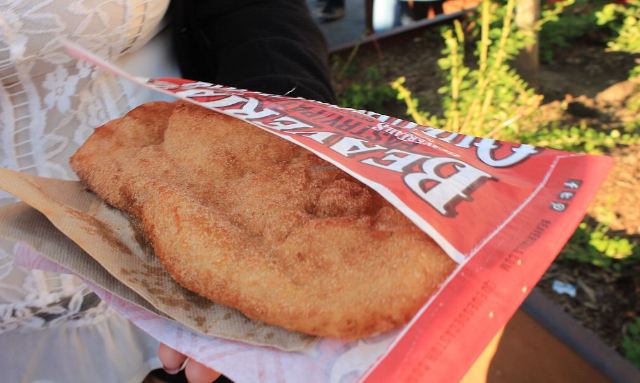
Beaver Tails were invented in 1978 when Pam and Grant Hooker started selling their creation at a fair in Killaloe, north and west of Ottawa. They were later sold at a booth along the world’s longest skating rink in Ottawa and later a year-round stand was built in the historic Byward Market, a couple of blocks from Parliament Hill. Today, Beaver Tails are known and loved across the country and you can even get a franchise if you’re so moved!
Pouding chômeur: ‘Depression Cake’. Out-of-work French-Canadian factory workers wives created this ultra-inexpensive dessert to save scarce money. It’s now made with a simple 2-egg white cake base and a generous top layer of brown sugar. The sugar melts during baking, sinking through the cake batter and forming a gooey-delicious caramel layer on the bottom. You turn out the finished cake onto a plate as you would an upside-down cake.
Blueberry Grunt: A classic down-east blueberry cobbler traditionally made in an iron skillet. A rich, gooey blueberry mixture is topped with clumps of sweet dough that some say look like dumplings.
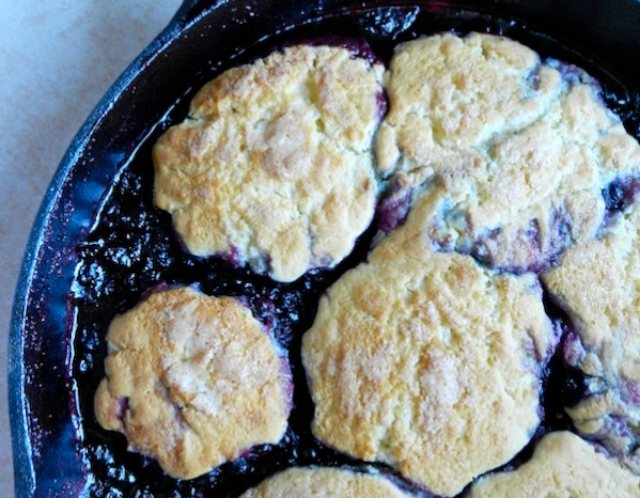
The thing is baked until the ‘dumplings’ are cooked through. The name? Legend has it that steam bubbles up through the filling and escapes through the crust, making grunting noises.
Toutons: Deep Fried Dough Balls. Freshly-made Newfoundland White Bread dough (Expedition To Canada II, posted yesterday), deep fried and dipped still hot into Maple Syrup or Molasses. A sticky, sweet treat usually eaten with the hands in spite of the mess.
Beverages
Beer: Beauty, Eh? Lots of styles and international influences. But the traditional Canadian beers are Pale Ales and Lagers. Canadian entrepreneurs Sir John Carling and John Labatt started brewing big-time in Canada in the early 1800s, and their name-sake brands are known around their world today.
Rye Whisky: Made from Rye grain grown in abundance in central and western Canada, this unique libation is now produced by half a dozen major distillers and a small army of artisan stills, and is aged up to 30 years before bottling.
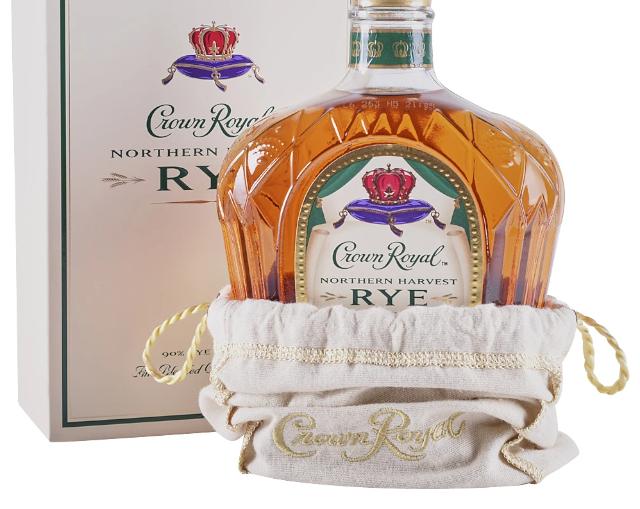
Rye Whisky is known around the world and is regarded by some as superior to Bourbon, and the equal of the best Scotches.
Newfoundland Screech: An old-fashioned navy-style Rum. The Canadian Broadcasti9ng Corp. says: “Newfoundland Screech rum is made from a blend of imported Jamaican rum, water from Newfoundland, caramel colour and flavouring. The East Coast spirit has been enjoyed by the locals for centuries.” An amazing number of visitors to Newfoundland and Labrador bring a bottle home with them as a souvenir.
The Bloody Caesar: This cocktail, based on Mott’s Clamato Juice, and considered a derivative of the Bloody Mary, is an all-Canadian creation.
Invented by Food and Beverage Manager Walter Chell (pictured above) of Marco’s Restaurant at the Calgary Inn Hotel, for resto’s grand opening in 1969. You’ve probably had a Caesar at least once in your life. Find out more about it here…
Award-winning Wines: Canada has two celebrated wine-growing regions: The Niagara Penninsula (Just across Niagara Falls from Buffalo), and The Okanagan Valley in central British Columbia. Most of Canada’s better wines are labeled according to their constituent grape varieties but some classic blends have also won awards at wine competitions around the world. If you love wine, make sure you taste plenty of Canadian vintages when you visit here!
Cream Soda: Not your average vanilla-flavoured American Cream Soda. Canadian Cream soda is bubblegum pink and tastes like cotton candy! It’s a national soft drink institution.
The deeper you dig, the more you’ll find!
The foregoing is just a small, very select sample of the all-Canadian treats you’ll discover if you get to Googling the culinary wonders of The Great White North. One thing all traditional Canadian foods have in common is relatively simple recipes that are easy to prepare. So don’t shy away from trying some of the great dishes we’ve shown you over the past dew days!
~ Maggie J.

